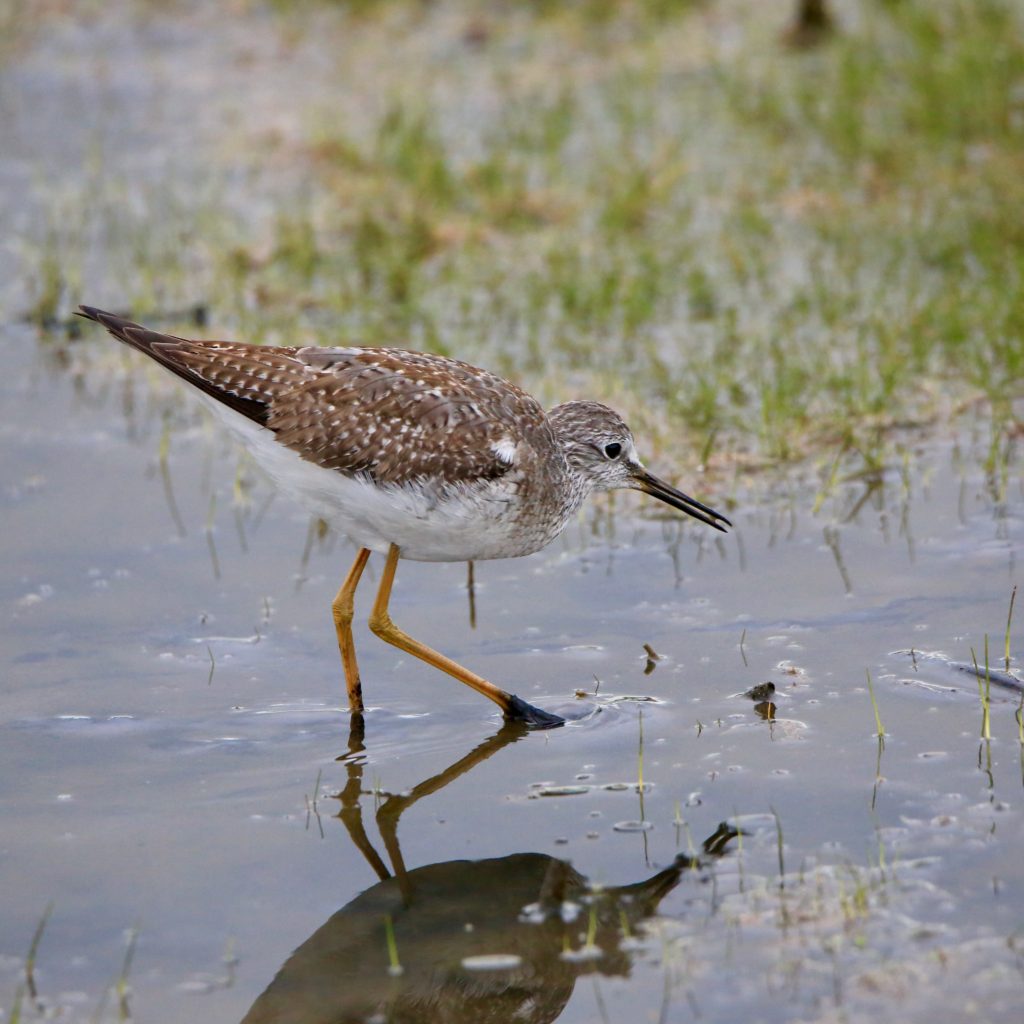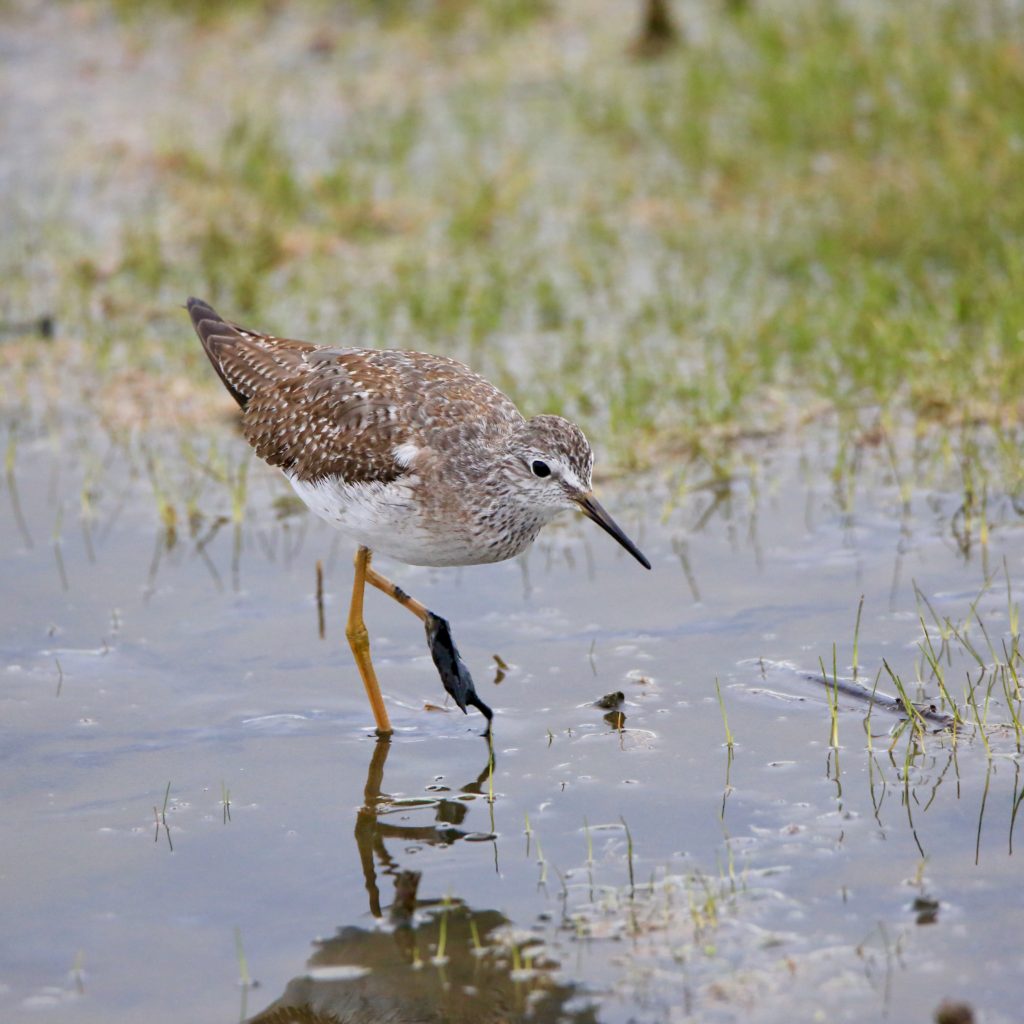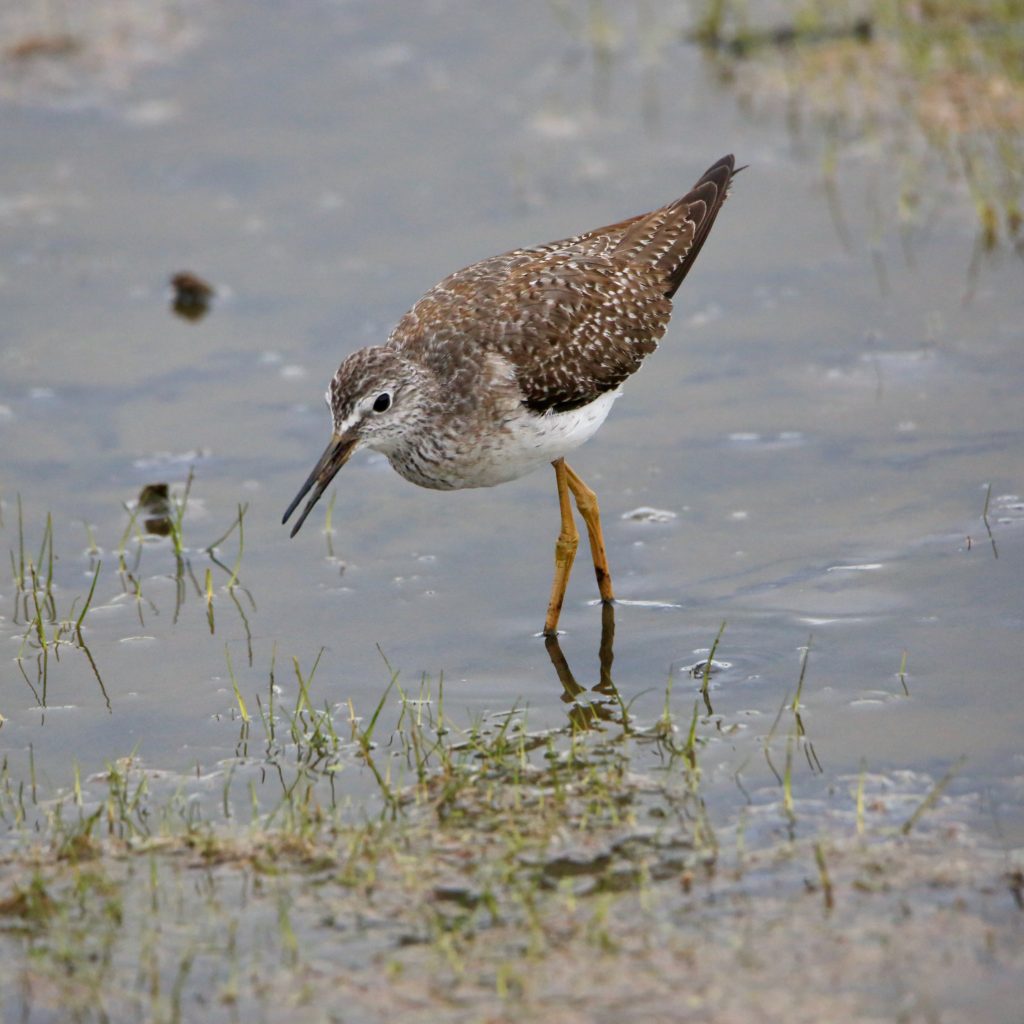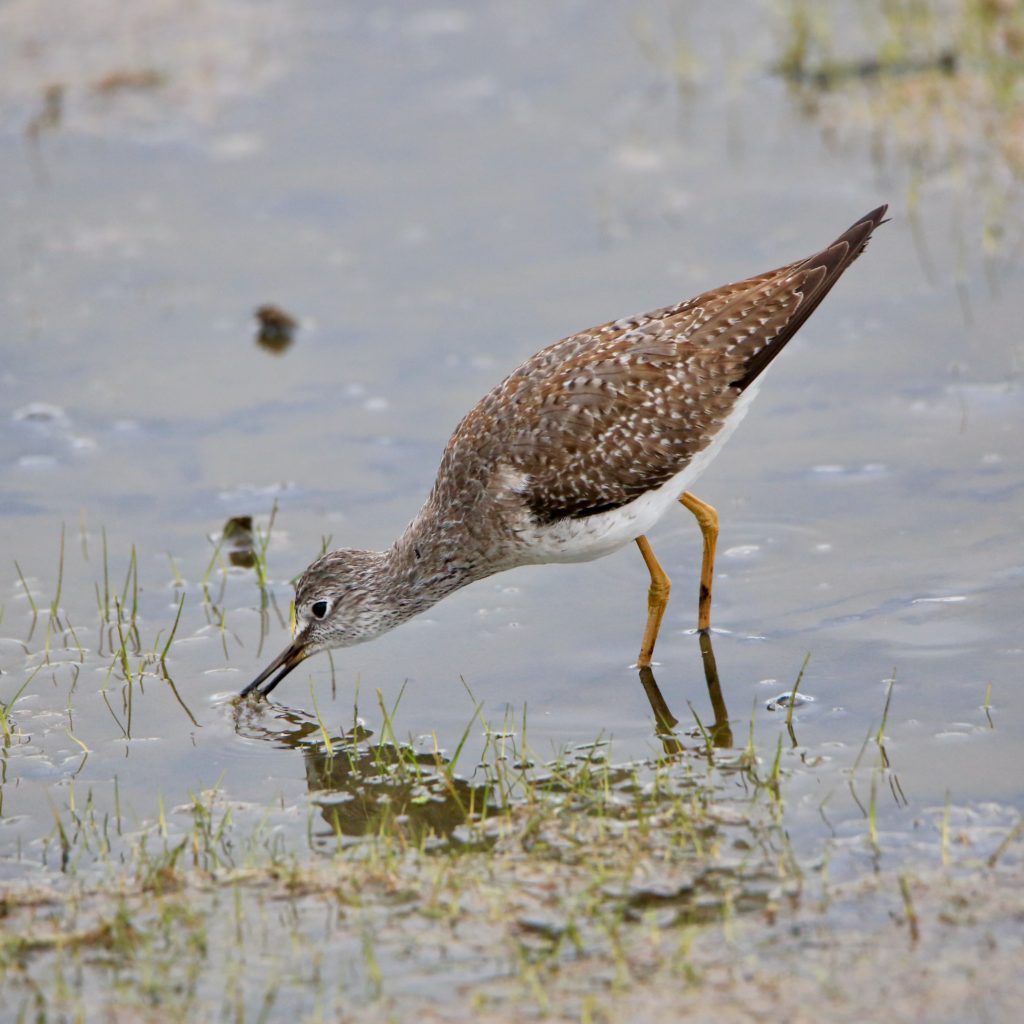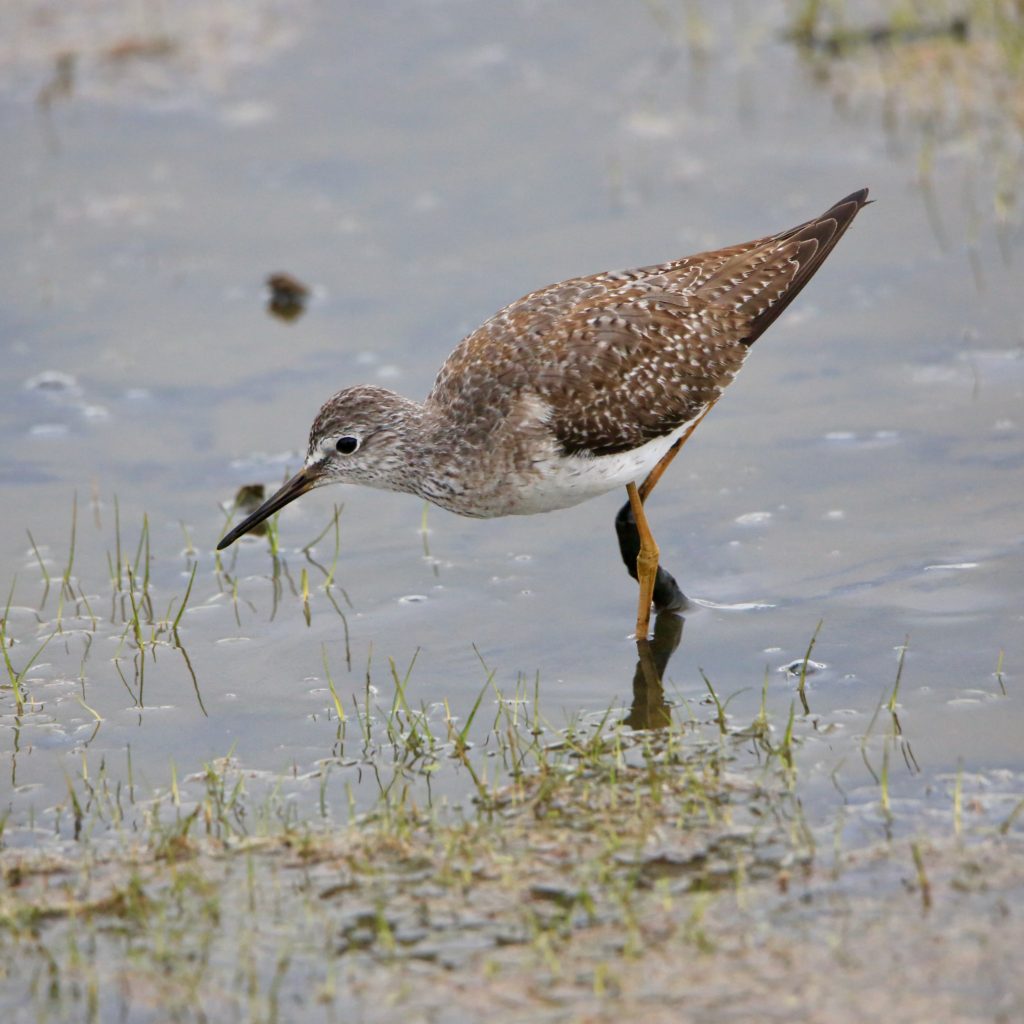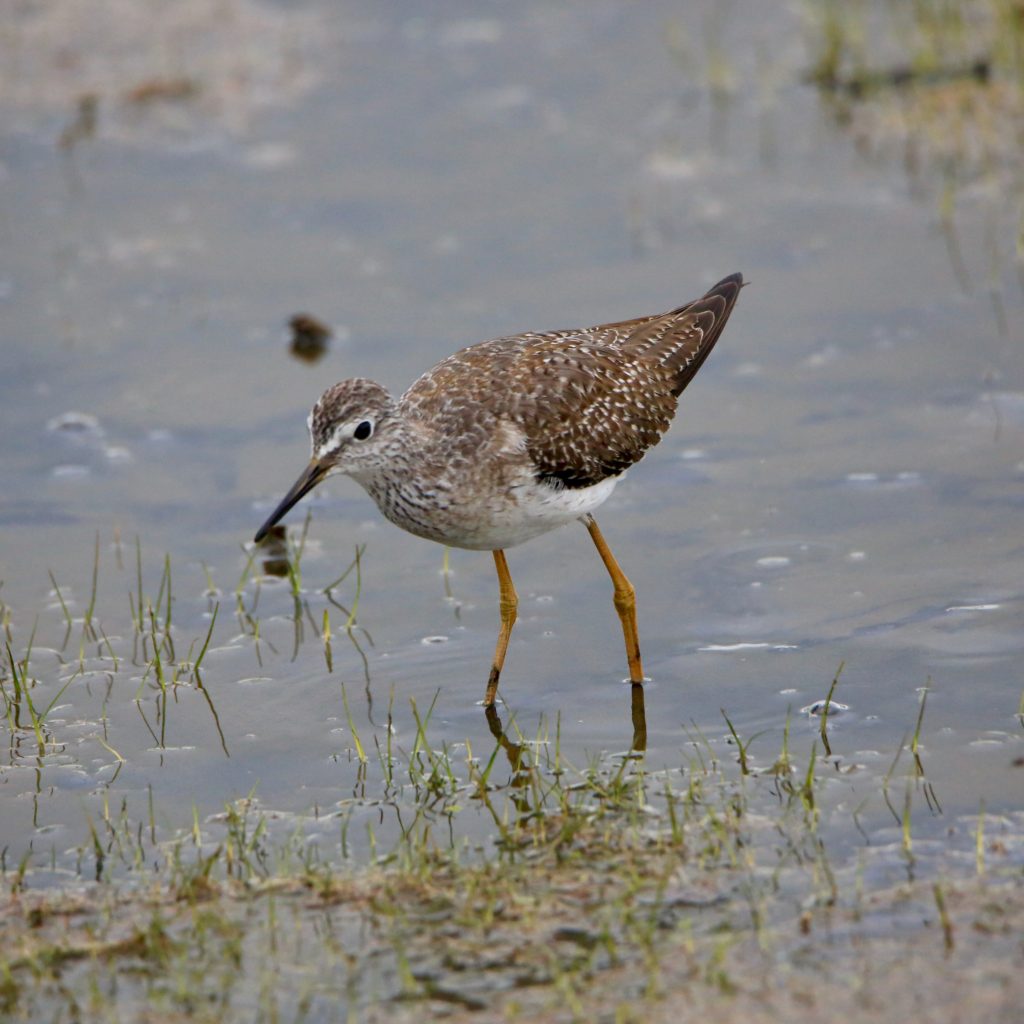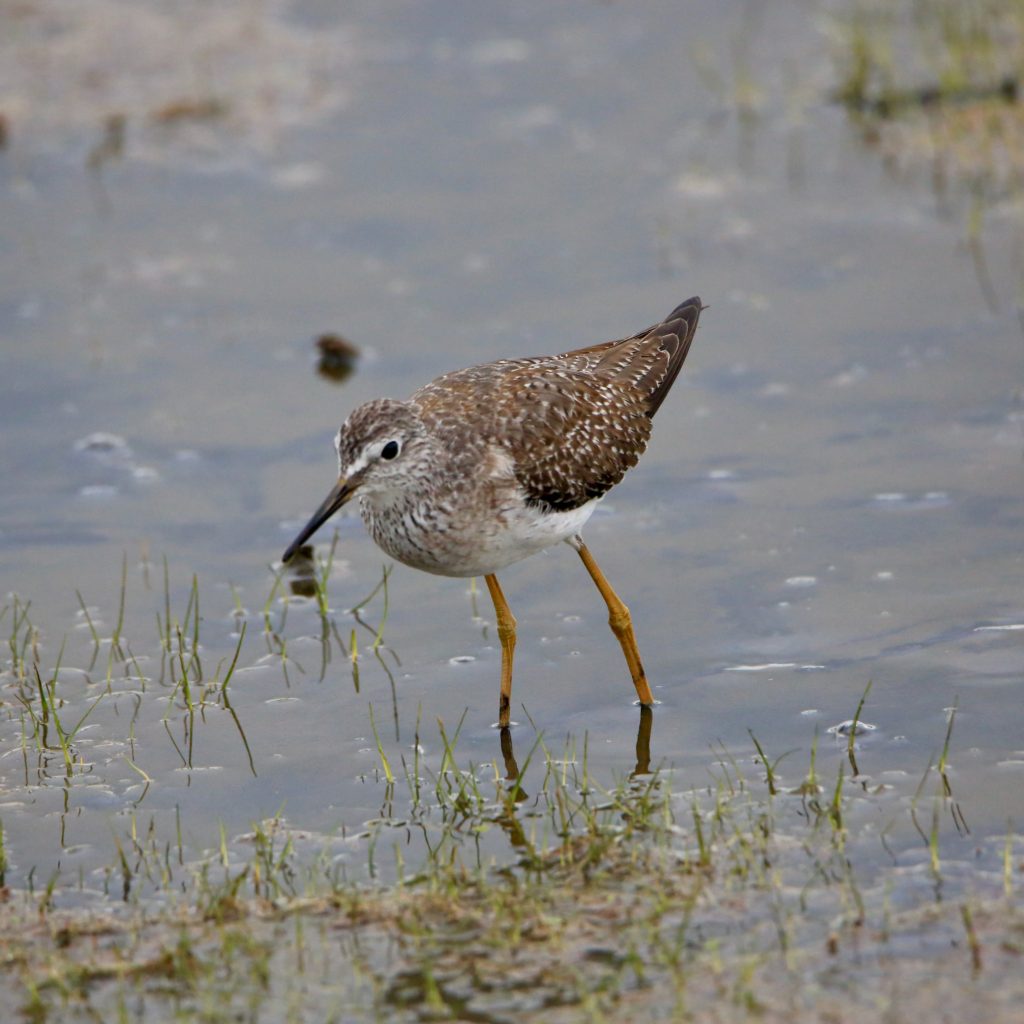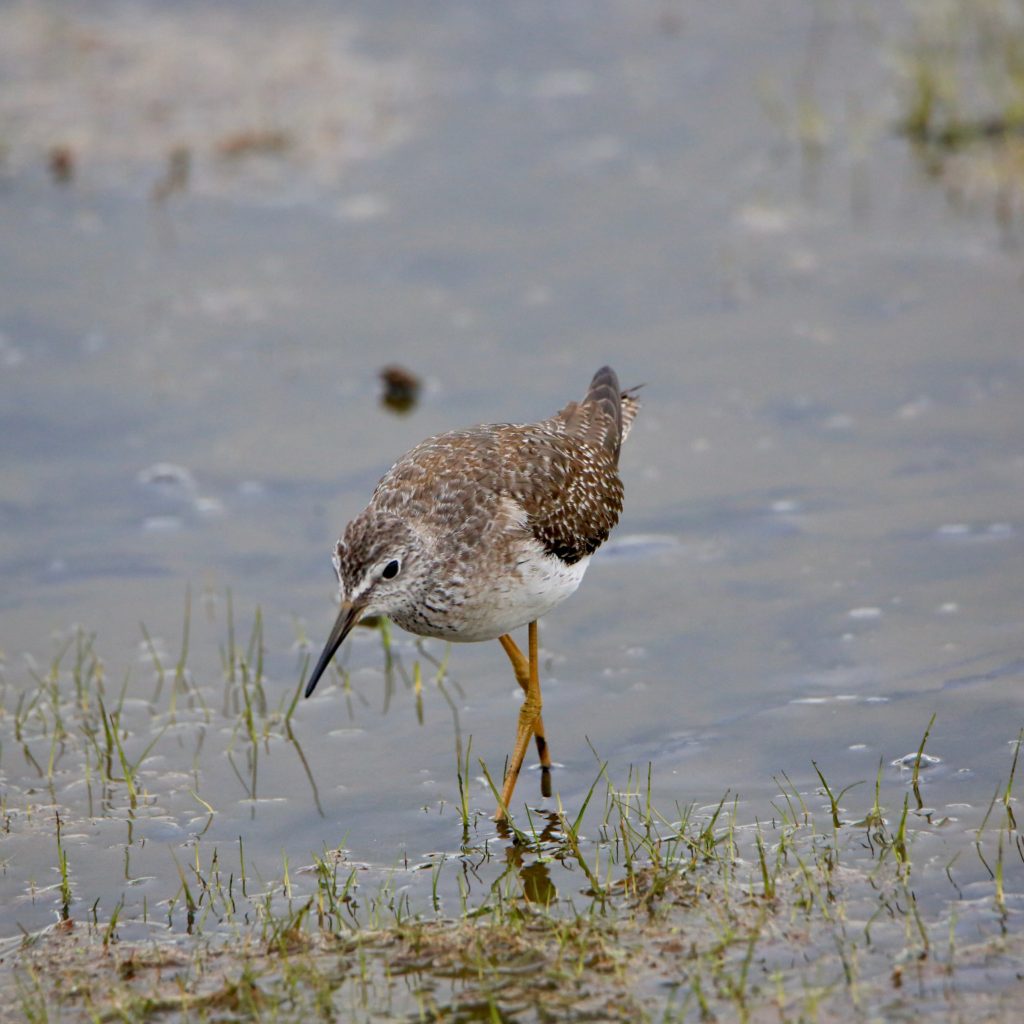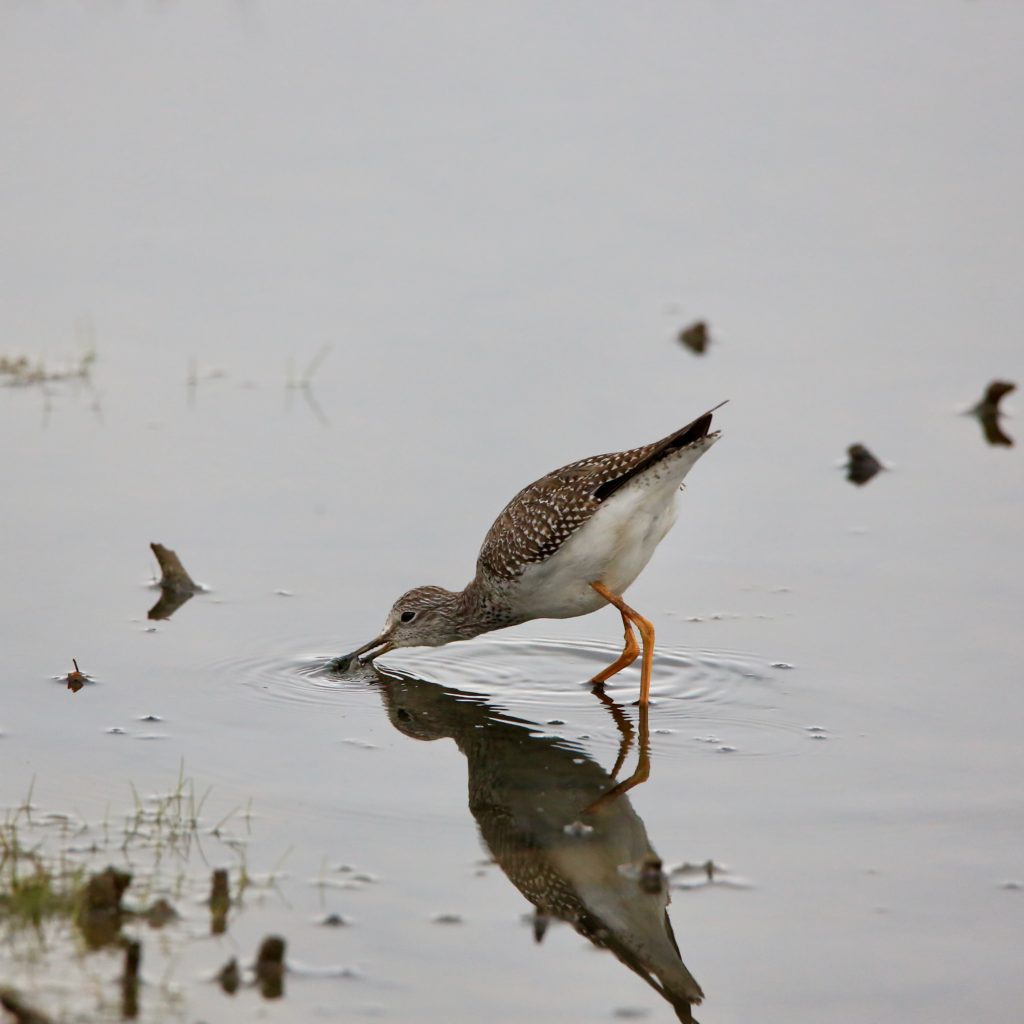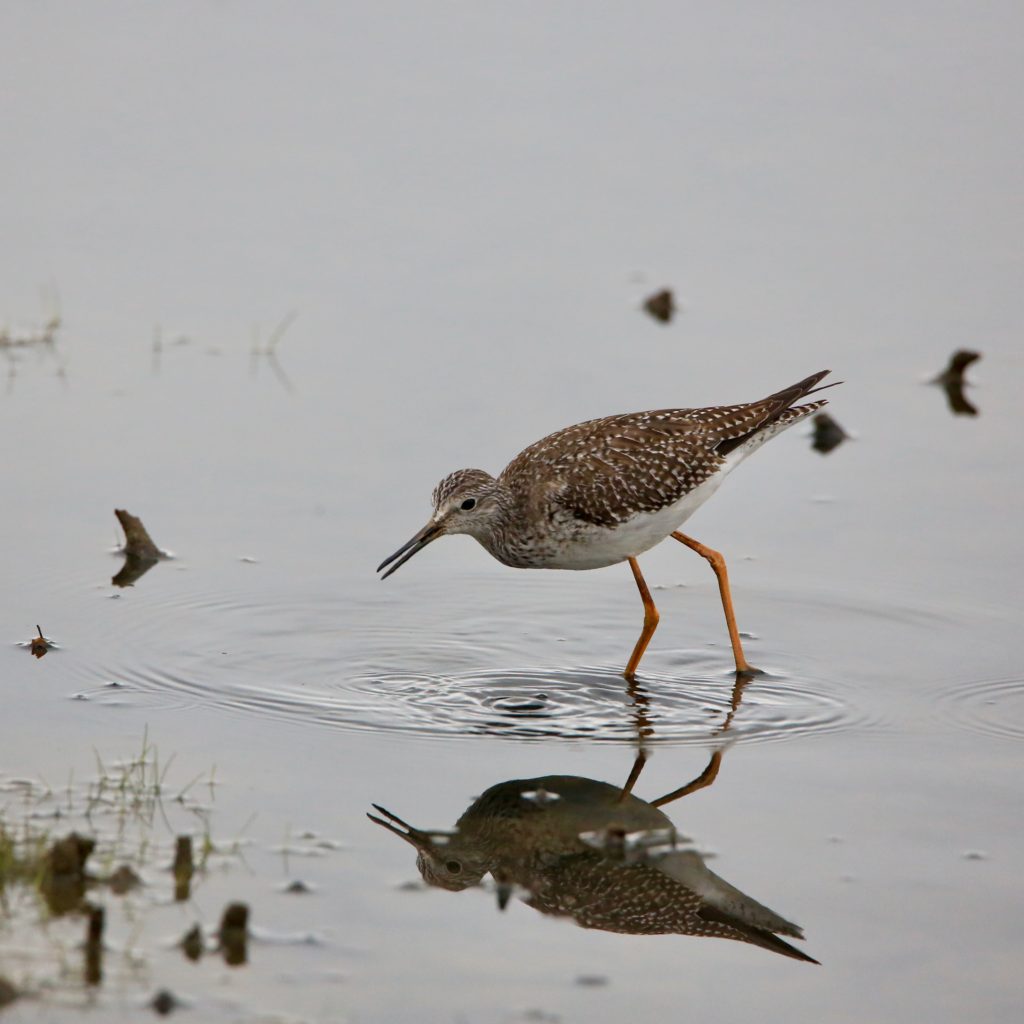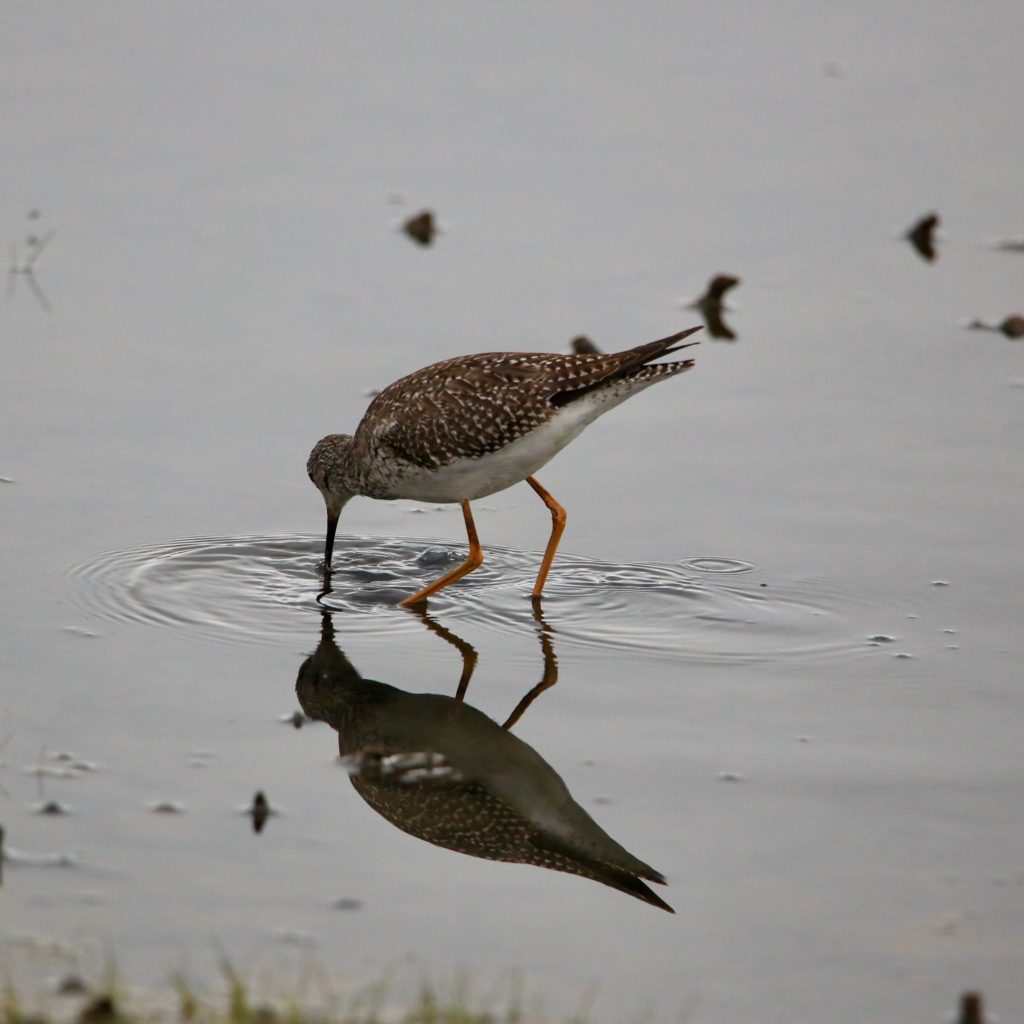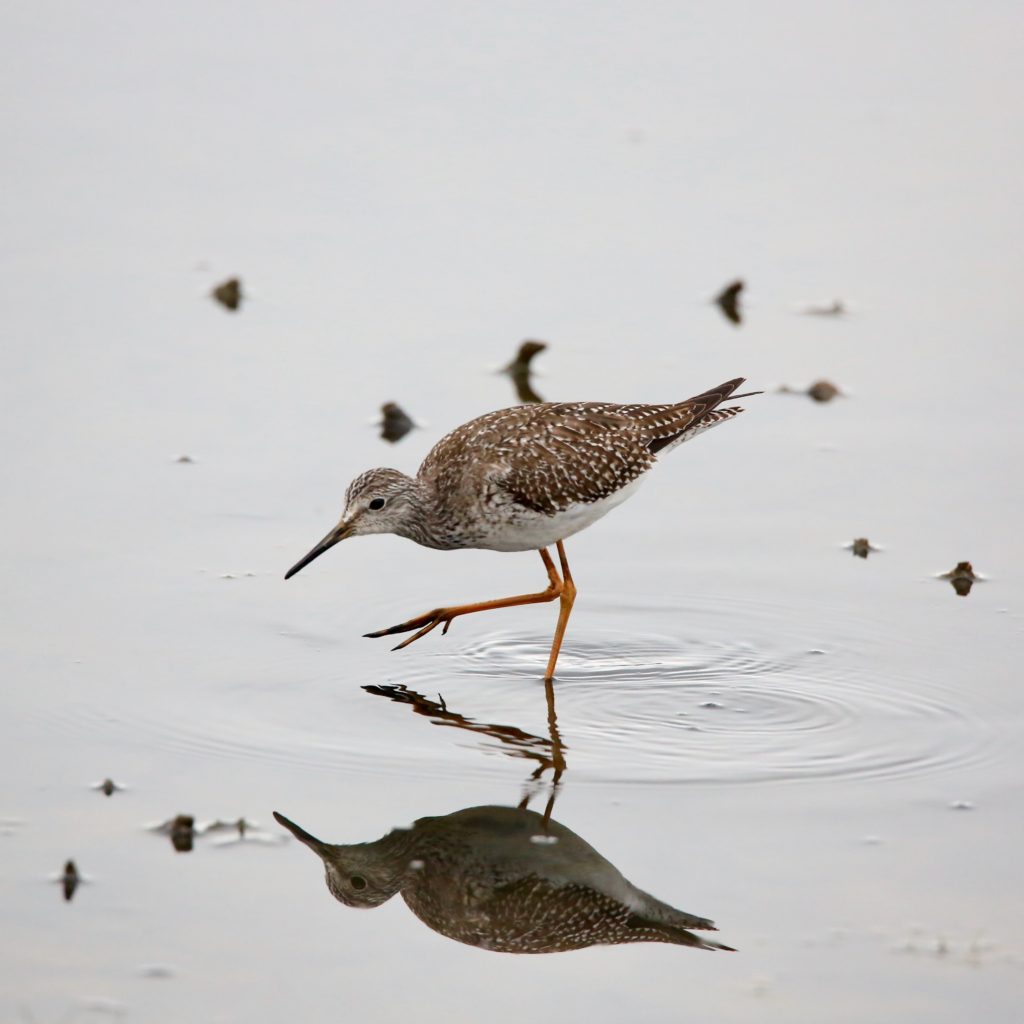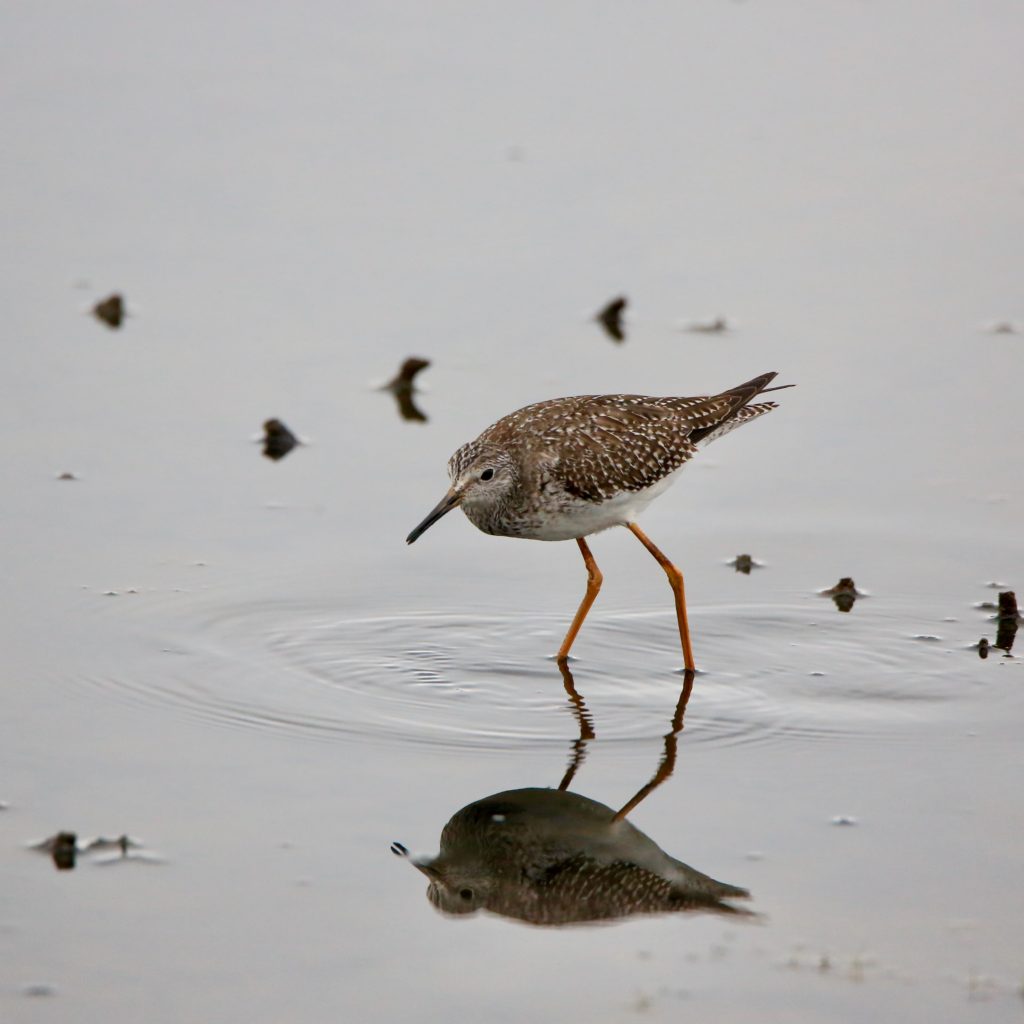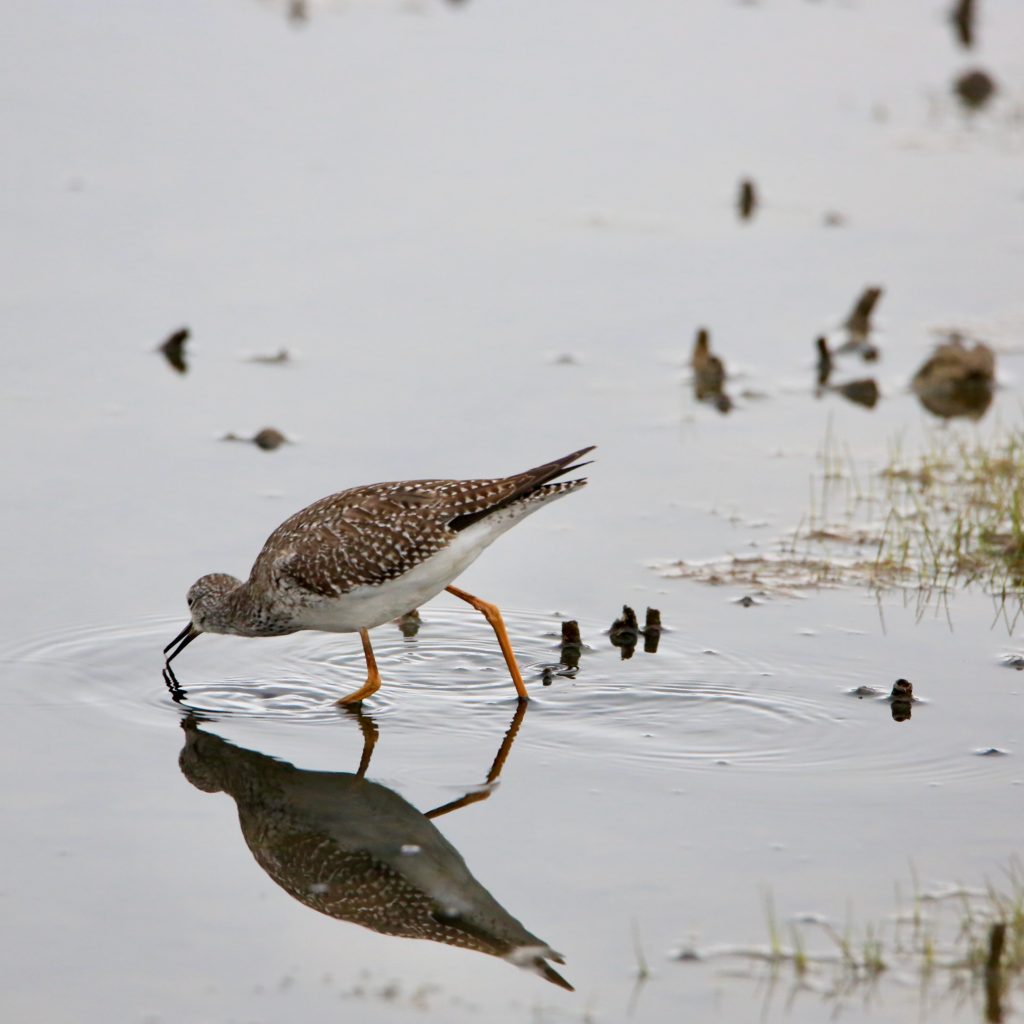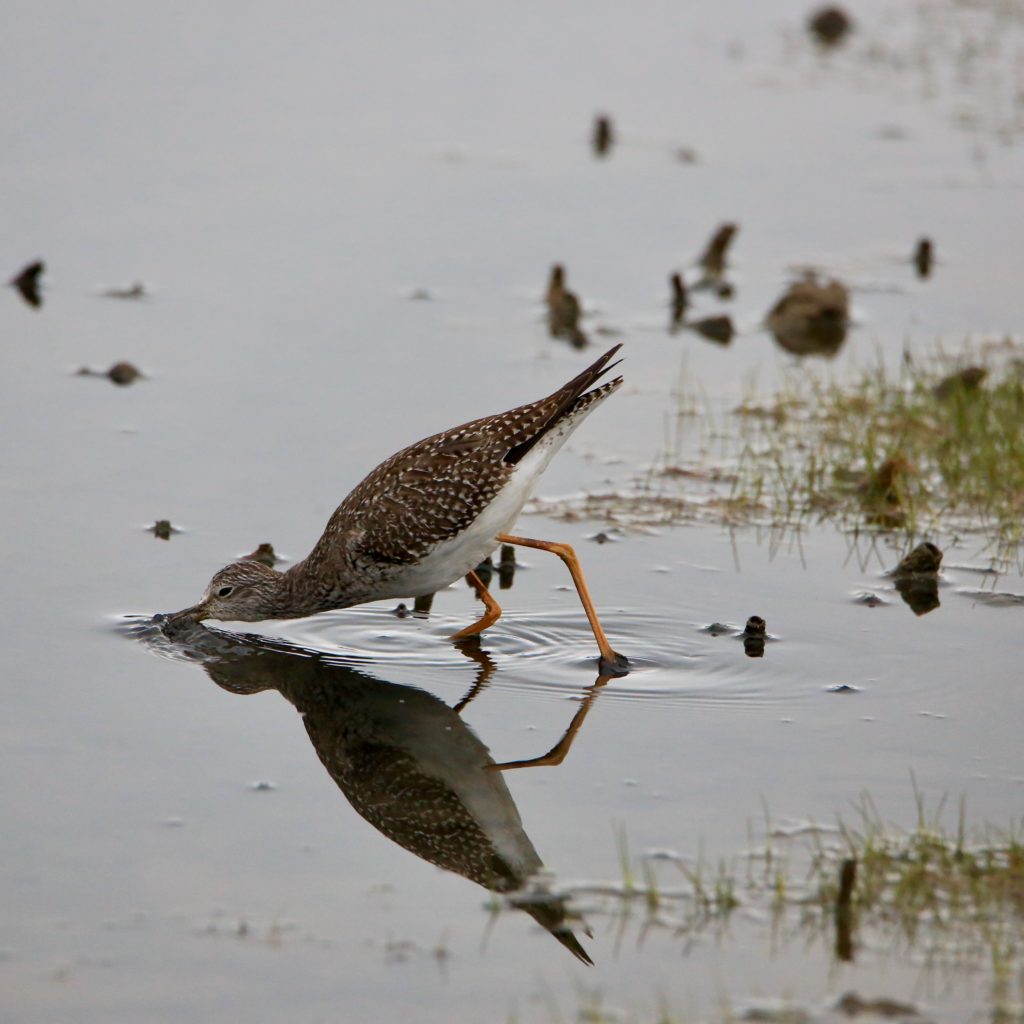
Greater Yellowlegs
A Greater Yellowlegs is a fun bird to see while bird watching. Below are some tips to help you identify Greater Yellowlegs. We have also put together a list of fun Greater Yellowlegs t-shirts, Greater Yellowlegs bird patches, birdhouses, bird feeders, binoculars, stickers, and other fun bird watching items.
About Greater Yellowlegs
The Greater Yellowlegs is a large shorebird found in North America. It was initially thought to be of close relation to the lesser yellowlegs since their appearance is similar, but the idea was later discarded. These birds are also called “tattlers” because, in the olden times, they were the first to raise an alarm whenever hunters got close.
Description and Identification
Greater Yellowlegs are similar in appearance to their relatives – The Lesser Yellowlegs.
However, despite sharing similar characteristics, these birds are closer to Greenshanks and
together with The Spotted Redshanks form a close-knit group. The Greater Yellowlegs is
characterized by a dark, abrasive breast pattern with black feathers covering their shoulders
and their breeding plumage.
Adults of these species have long yellow legs and a thin, dark bill curving upwards. The bill
is generally longer than the head and the body is gray-brown on the top and white
underneath. The length of these birds ranges from 11.4-15.7 inches and weighs between 0.25-
0.6 pounds. The wingspan of these avian creatures is 23.6 inches.
Greater Yellowlegs Size
Adults of both sexes are average of the same size.
Length: 29 to 40 cm
Weight: 111 to 250 g
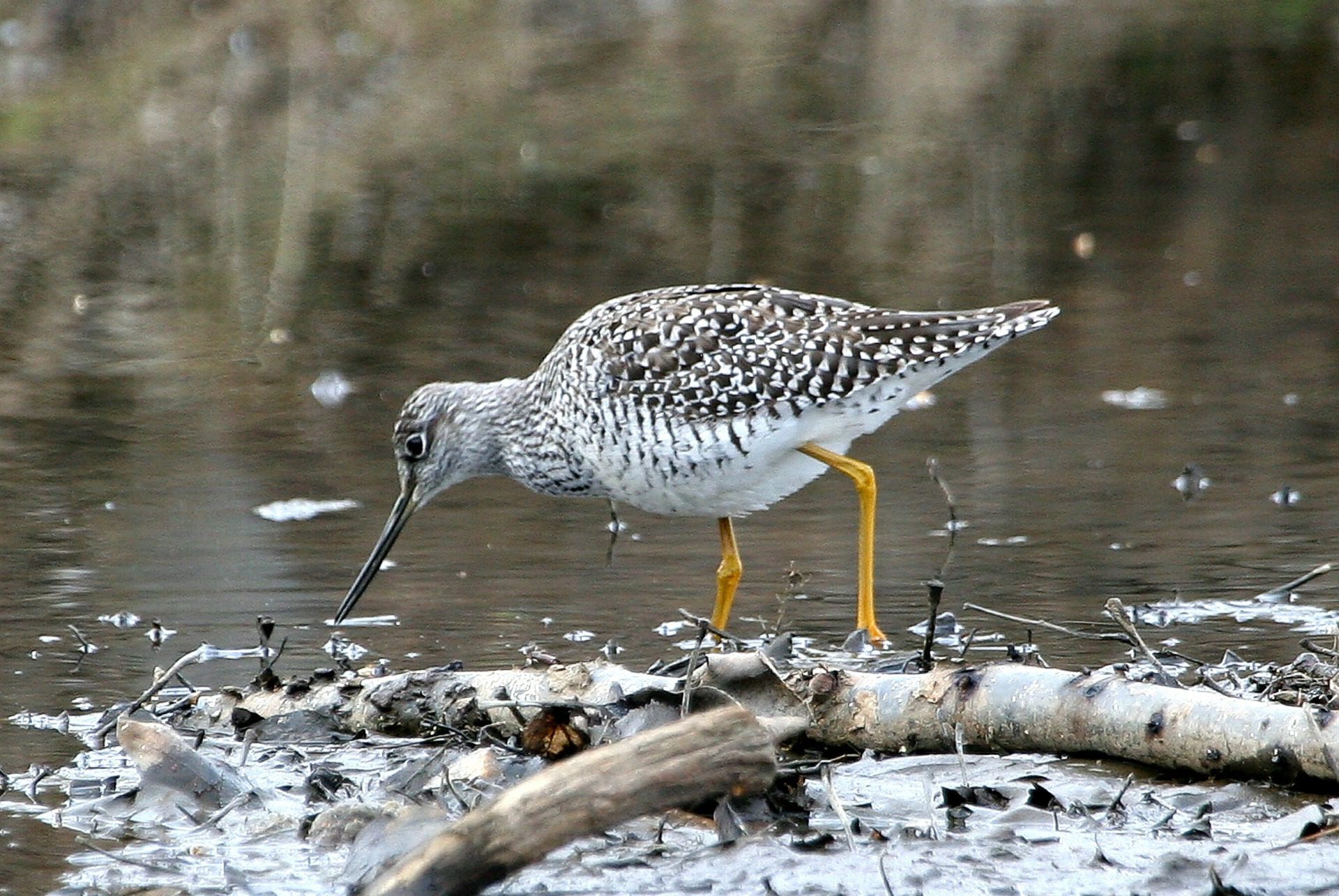
Greater Yellowlegs Appearance
Adults have a long, thin, dark bill that is longer than their heads. Their bodies are gray-brown on the upper side and white on the lower sides. The most discernable feature of these birds is their yellow double-jointed legs. They have dark brown streaks on their necks and breast.
Juveniles have the same appearance but their feathers appear ruffled.
Greater Yellowlegs Feeding
Greater Yellowlegs tend to search for food in shallow waters. Mainly eating insects
and small fish, it is not uncommon to see these birds eat marine worms and crustaceans.
While hunting it is common for these birds to leave clear tracks in sand or mud as they move
from land to water. Their clear markings make it easy to identify them and enable
ornithologists and bird enthusiasts to gather information about them.
They feed mostly on fish and aquatic insects. They stir up the water using their long bills to make the animals move, then snatch them up. They also eat marine worms and crustaceans.
Greater Yellowlegs Habitat
These birds can be found in many fresh and saltwater wetlands which include but not limited
to open marshes, estuaries, mudflats, lake and river shores, and open beaches. They are found
in open areas in larger water bodies unlike the Lesser Yellowlegs. Greater Yellowlegs spend their winters along the coast of Washington, South to Baja California and Mexico. The bird
breeds on tundra from Cooke Inlet based in Alaska all the way across Southern Canada.
Their ideal habitat is one that is close to a water body. They build nests that they hide well in the vegetation along the shores of the water bodies. They are mainly found in the boreal forest region in Canada and Alaska.
Range and Migration

Greater Yellowlegs can be classified as medium-to-long distance migrants. These birds
migrate to the Pacific and Atlantic coasts of the United States, the Caribbean, and as far as the
reaches of South America albeit cases have been noted where they are spotted in Western
Europe. Greater Yellowlegs migrate earlier than most shorebirds, leaving South America by
late February and gracing the USA with their presence in 2-3 weeks. Fall migration is variable
with Adult Greater Yellowlegs leaving at the end of July with the younger birds following in
late August or early September.
Greater Yellowlegs Life and Behavior
They live in large social groups made up of mated pairs. They are monogamous and the pairs build “family nests” on the ground next to water bodies.
The female lays 3 to 4 eggs which are incubated by the pair in turns for 23 days. After hatching, the young can leave the nests within 24 hours but remain dependent on the parents for 2 days.
They are easy prey due to their large feet which leave tracks on the sand and mud and can easily be followed by predators and humans.
Greater Yellowlegs Nesting
Greater Yellowlegs are yet to be explored in depth by researchers. Their nesting habits are
not widely studied due to their low densities and remote nesting areas. These birds are assumed
to be monogamous and pairs are formed once they arrive on their breeding ground. Greater
Yellowlegs nest on the ground, close to a water source enabling them to hunt with ease. The
nest is concealed near a moss hummock or under a shrub. Four eggs are laid which are
incubated for 23 days. The nascent birds leave the nest as soon as they are born and hunt for
food. Special identification of their nesting habits is the fact that they have a tendency to
breed in inhospitable, mosquito-ridden muskegs.
Ornithology
Bird Watching Academy & Camp Subscription Boxes
At Bird Watching Academy & Camp we help kids, youth, and adults get excited and involved in bird watching. We have several monthly subscription boxes that you can subscribe to. Our monthly subscription boxes help kids, youth, and adults learn about birds, bird watching, and bird conservation.
- Kids Bird Watching Monthly Subscription$10.00 / month
- Kid & Adult Bird Watching Starter Pack Subscription$10.00 / month and a $72.00 sign-up fee
- Kids Bird Watching Starter Pack Subscription$10.00 / month and a $19.00 sign-up fee
Bird Watching Binoculars for Identifying Greater Yellowlegs
The most common types of bird watching binoculars for viewing Greater Yellowlegs are 8×21 binoculars and 10×42 binoculars. Bird Watching Academy & Camp sells really nice 8×21 binoculars and 10×42 binoculars. You can view and purchase them here.
- Birding Binoculars$49.99
- Kids Binoculars$13.99
Greater Yellowlegs T-shirts
If you love the Greater Yellowlegs you should purchase a Bird Watching Academy & Camp T-shirt. To help support bird conservation we donate 10 percent to bird conservation activities.
Greater Yellowlegs Iron On Patches
Kids, Youth, and Adults love to collect our Bird Watching Academy & Camp iron-on patches. Our bird-watching patches help you keep track of the birds you have seen and identified. You can also display the patches on our Bird Watching Academy & Camp banners.
The Greater Yellowlegs is a great iron-on patch to start your collection with. The patches are durable and can be sewn on or ironed on to just about anything.
Greater Yellowlegs Stickers
Stickers are a great way for you to display your love for bird watching and the Greater Yellowlegs. We sell a monthly subscription sticker pack. The sticker packs have 12 bird stickers. These sticker packs will help your kids learn new birds every month.
Bird Feeders for Greater Yellowlegs
There are many types of bird feeders. Here are our favorite bird feeders for your backyard. We use all of these bird feeders currently. Kids will have a great time watching birds eat at these bird feeders. Using this collection of bird feeders will provide a wide variety and many types of birds.
Best Bird Houses for Greater Yellowlegs
There are many types of birdhouses. Building a birdhouse is always fun but can be frustrating. These 4 birdhouses have become our favorites. Getting a birdhouse for kids to watch birds grow is always fun. We spent a little extra money on these birdhouses but they have been worth the higher price and look great.


